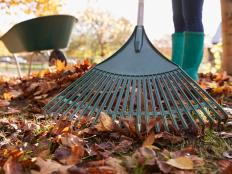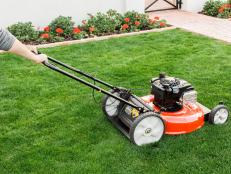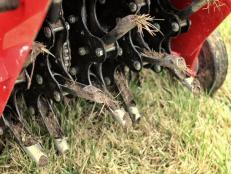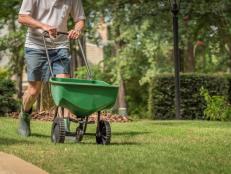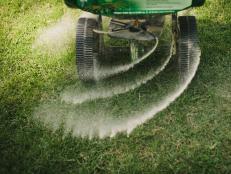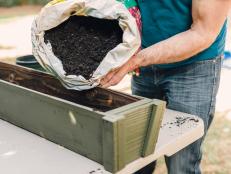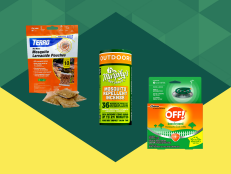Why Your Neighbor's Lawn Is Greener


Dan Saelinger (Styled by Birte Von Kampen)
What Your Doing (What Not to Do)
Mowing Overzealously
Trimming turf too short stunts the growth of its roots, limiting how well they absorb water and nutrients from the soil. Keep grass three or four inches tall by using the highest cutting setting your mower allows.
Ignoring Your Soil’s Problems
Even if you have bad soil, you can give it a boost to help your yard look greener. Aerate once or twice a year if you see compacted soil or thatch (a layer of built-up stems and roots), then fill the resulting holes with compost.
Letting Your Dog Have Free Reign
Canine urine will burn grass, causing discoloration or even bald patches unless you rinse it with water right away. Get Fido in the habit of not peeing on your lawn, or at least have him go in an inconspicuous spot.
What They're Doing (What to Do)
Recycling Leaves That Fall Off Their Trees
Leaves make great lawn food—they just have to be shredded. Run a mulching mower over them to cut them down to dime size, and make sure grass blades can poke through the resulting layer of leaf mulch.
Fertilizing on a Schedule
Healthy grass stems from healthy soil, so giving your lawn plenty of growth-driving nitrogen (the main ingredient in fertilizer) is a must. Aim to fertilize twice a year, around Memorial Day and Labor Day.
Watering Weekly, Not Daily
Instead of submerging grass, think of watering as a way to supplement rainfall. Do it infrequently—about one inch per week if it hasn’t rained. When you step on a patch and it doesn’t bounce back, it’s time for another dousing.
Our experts: Phil Dwyer, Ph.D., lawn researcher, The Scotts Miracle-Gro Company; Frank S. Rossi, Ph.D., associate professor in the School of Integrative Plant Science at Cornell University







